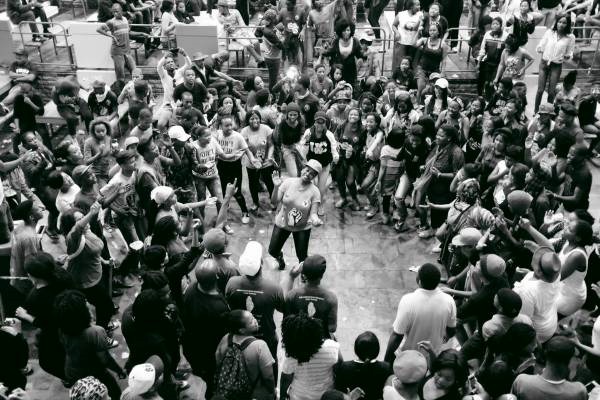
There has been a 96% increase in protests in South Africa since 2010, research by the Institute of Race Relations (IRR) has revealed.
The research also found that protests were more likely to occur in areas where wasteful government spending was rife.
During 2013/2014 there were 11 668 peaceful crowd-related incidents, 1 907 unrest-related incidents, and 1 691 incidents of public violence according to the police’s annual report, the IRR said in a statement.
These cases include major service delivery protests, industrial action, demarcation issues and conflict between political parties.
“The trend for major service delivery protests shows that there is a greater rate of occurrence in areas with high levels of fruitless and wasteful government expenditure,” said IRR research analyst Gabriela Mackay.
“Municipal IQ data showed that of the 176 major service delivery protests in 2014, 21% of these occurred in Gauteng and 18% each in the Eastern Cape and KwaZulu-Natal.
“These provinces, specifically the Eastern Cape and Gauteng, had high levels of fruitless and wasteful expenditure, with avoidable costs of R768m and R508m respectively, according to the Auditor General’s 2012/2013 Public Finance Management Act report.”
Mackay said many factors played a role in service delivery protests.
“The Western Cape has the lowest level of fruitless and wasteful expenditure at R1m, but 14% of major service delivery protests occurred in the province.
“People protest because they aren’t getting the services they need and this shows where these problems exist.”
Possible solutions, said Mackay, included a clear system of checks and balances when dealing with how public money is spent.
She said the biggest problems were to be found at local government level, with municipalities often not properly spending public funds and being unable to collect money owed to them.

